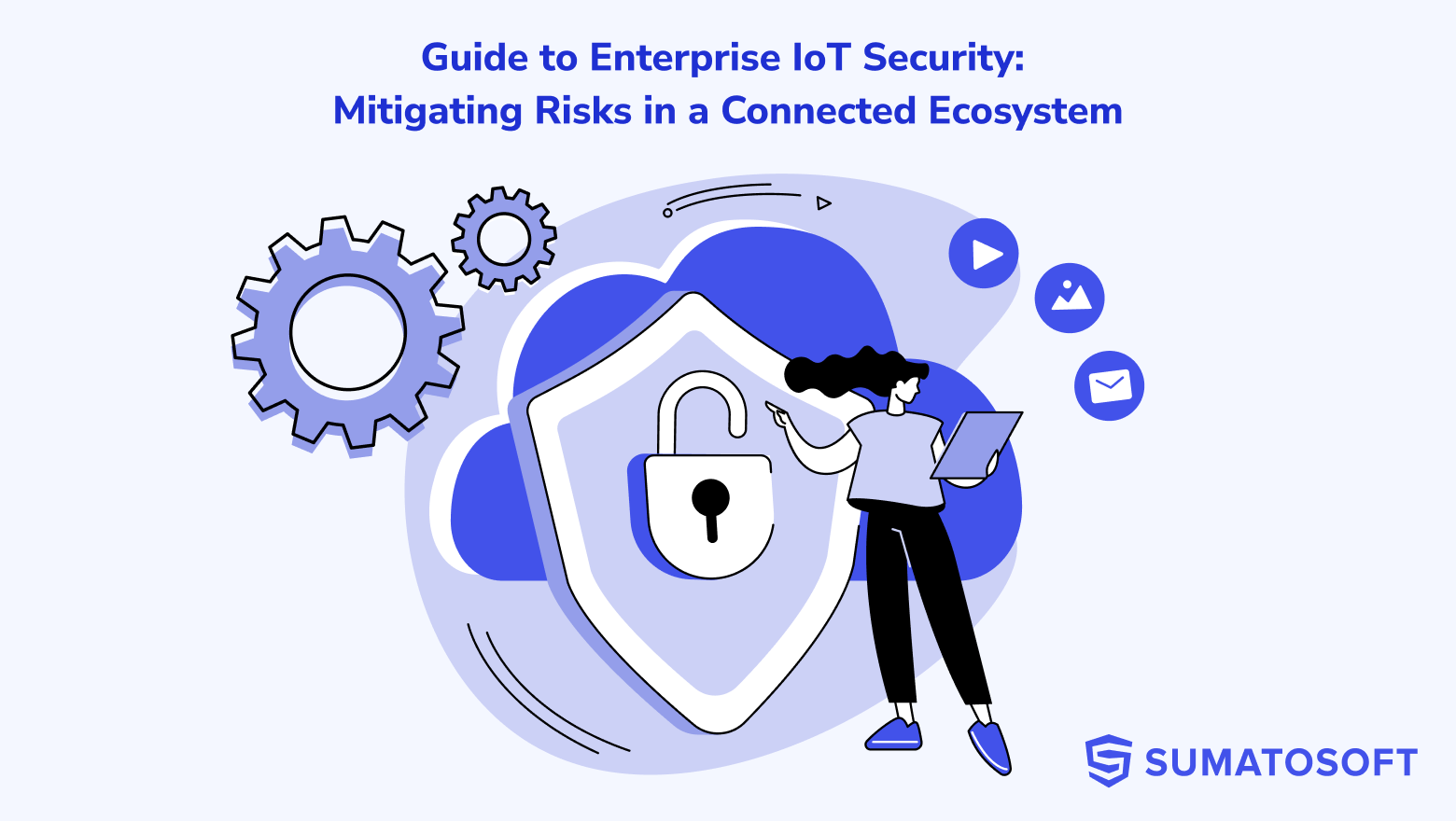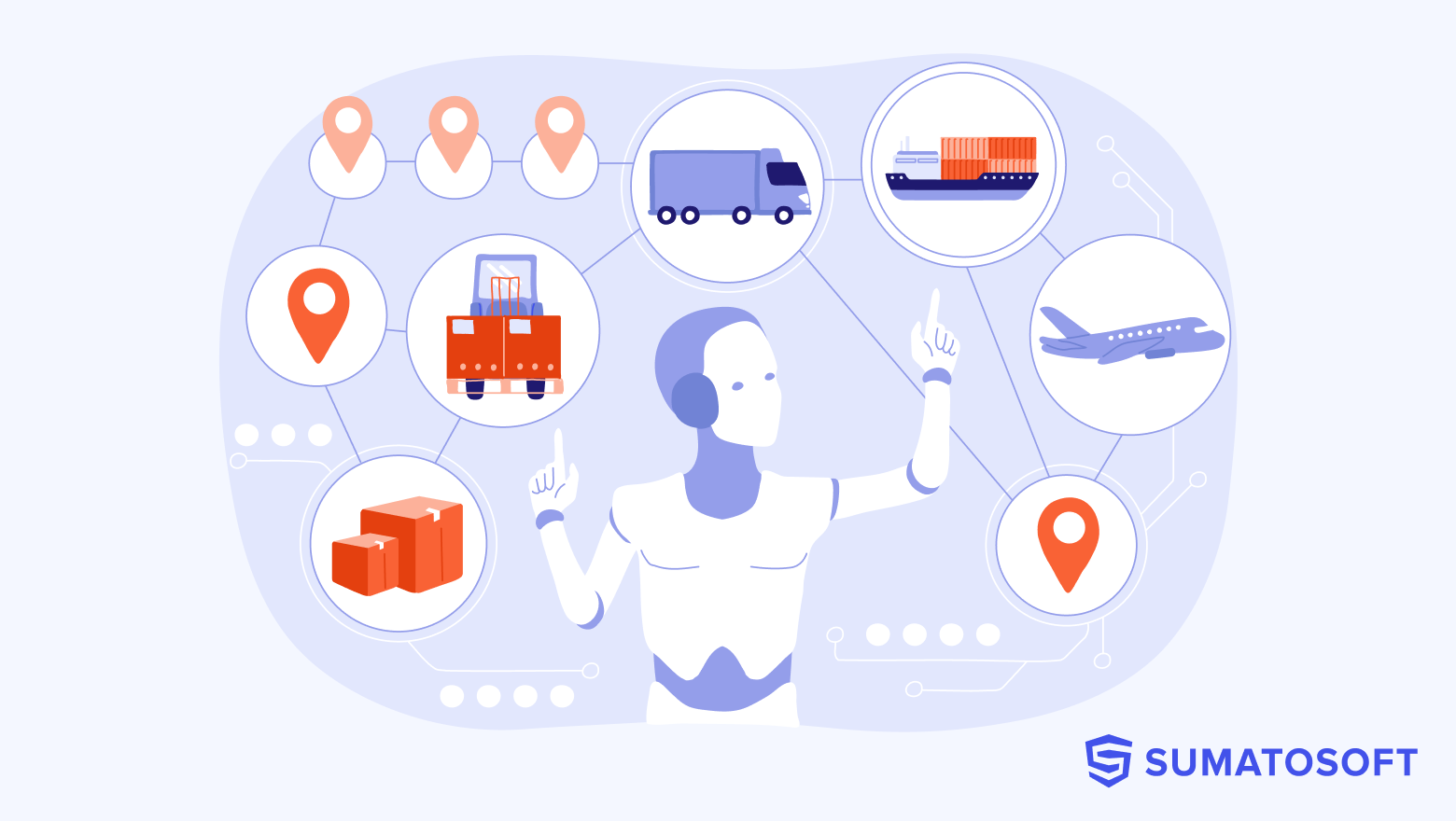2025 Trends: Impact of Internet of Things(IoT) on the Business & Economy


Without a long intro, let’s start with numbers.
A report by McKinsey Global Institute estimates that IoT could have a potential economic impact of $3.9 trillion to $11.1 trillion per year by 2025, across a range of industries including healthcare, manufacturing, and retail.
How will IoT reach it?
And how has the Internet of Things already affected businesses?
The Internet of Things can speed up industries, increase revenue, change the way people used to work, and even lead to the emergence of new business models. We examine it further in the article.
But firstly, let’s flesh out the meaning and idea of IoT to get clear on this utterly amazing technology.
Enjoy reading!
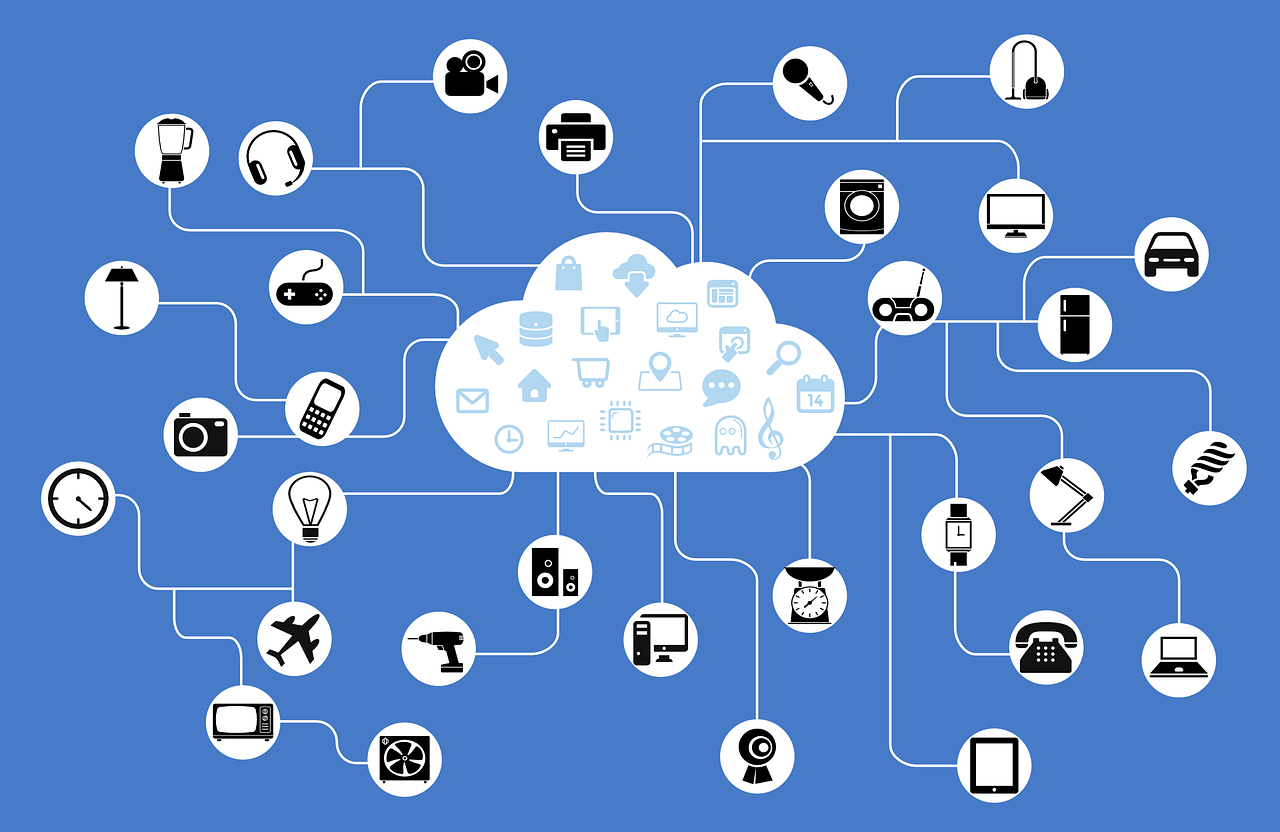
The Definition of the Internet of Things
Over the years, many people and Internet of Things evangelists have given various definitions for the Internet of Things in terms of the ways how IoT devices connect and interact with each other.
The shortest description represents IoT as a network of interconnected devices that collect and exchange data with the system and each other via the internet.
Devices include environmental sensors, fitness trackers, smart refrigerators, cameras, etc. All these devices belong to the group called sensors which is one of the stages in IoT architecture. There is another type of device in IoT called actuators (or controllers) that convert the incoming signal (often electrical) into physical action, like changing the temperature if it is too low, making you a cup of coffee after you wake up, or vibrating when you sit for more than an hour.
We can enclose this definition into the simple equation: Sensors + Actuators + Internet = the Internet of Things. This equation is not comprehensive, but it captures the essence of the IoT phenomenon.
The significant insight from the equation is the direct correlation between the number of sensors/actuators and the final impact of the Internet of Things. The point is the more smart gadgets are in the system, the more benefits IoT can bring. If there is only one car in the system, smart navigation is impossible. However, connect all vehicles on the road, and the system can route them to avoid traffic jams.
Fortunately, the number of connected devices continues to increase. It hit the 13 billion mark in 2023, thus exceeding the world population almost twice in the same year. So the Internet of Things is bound to expand year after year…
But what benefits will it bring to the economy and businesses?
Well…
How the Internet of Things Has Affected the World Economy
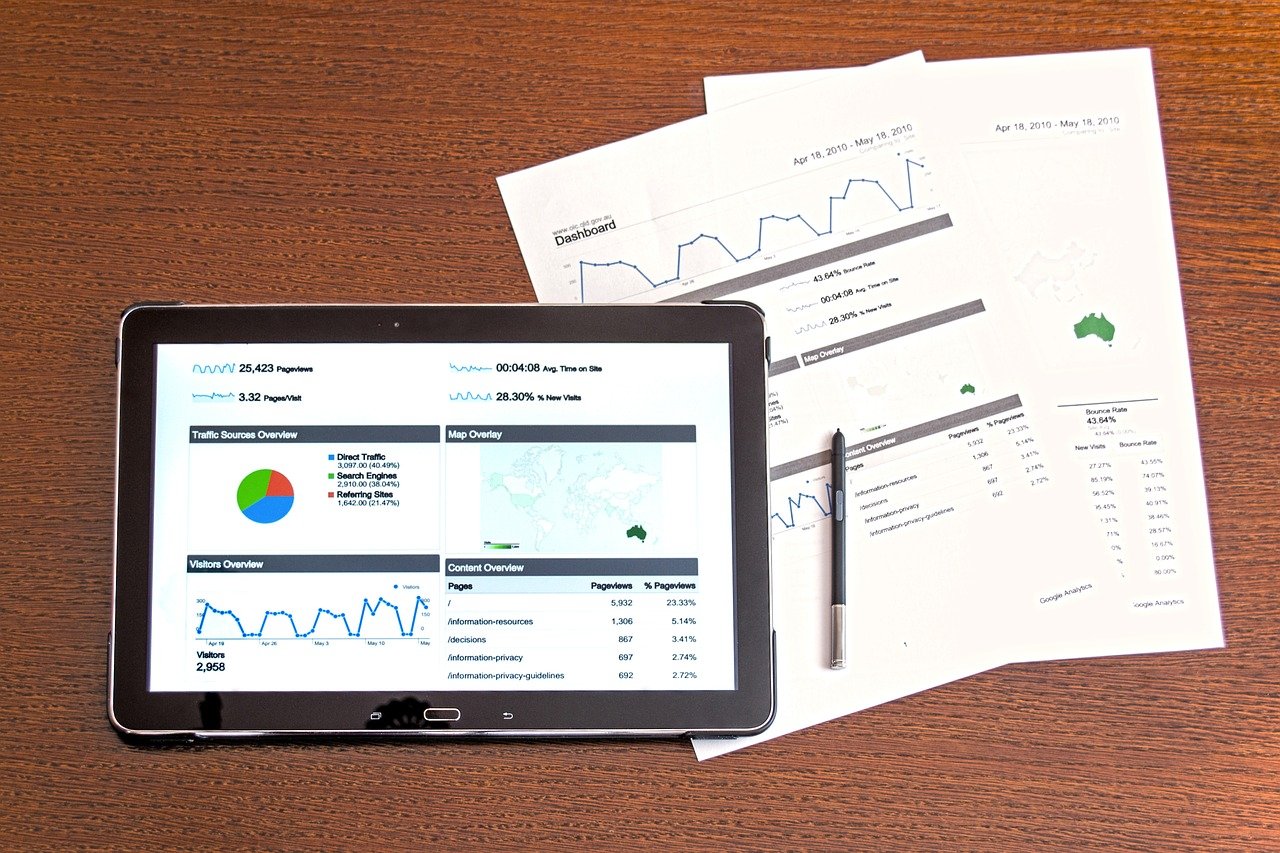
The economy is a wide-ranging and complicated concept that comprises all economic activities which are conducted both within and between nations, including manufacturing, trade in goods and services, management, financial operations, and so forth. The simplest way to explain the effect of the Internet of Things software development on the world economy is with figures:
General Impact:
- According to statista, The Internet of Things market is forecast to rise to more than $621 billion in 2030.
- A study by Accenture found that the Industrial IoT (IIoT) has the potential to add $14.2 trillion to the global economy by 2030, with manufacturing and healthcare being the two industries with the largest potential value.
- According to a McKinsey report, IoT applications will have a total economic impact of $3.9 trillion to $11.1 trillion per year in 2025.
- Increased efficiency across different industries also affects the amount of direct and indirect taxes to the government.
- Overall enterprise spending on IoT development was $ 159 billion in 2021, and it’s expected to reach 412 billion in 2025, growing at 26.7% annually.
Industrial Impact:
- According to the client research from Inmarsat, businesses across all industries spent an average of 7% of their IT budget on IoT projects and they plan to increase this mark to 10%.
- The global automotive IoT market is expected to grow at a CAGR of 16.4% from 2019 to 2025 to reach $541.73 billion by 2025.
- According to a report by MarketsandMarkets, the global IoT in the healthcare market is projected to reach $534.3 billion by 2025, driven by the increasing adoption of connected medical devices and the need for more efficient healthcare delivery systems.
- Companies that implemented IoT technology cut their operating costs by 4-6% on average.
How IoT Has Affected Businesses
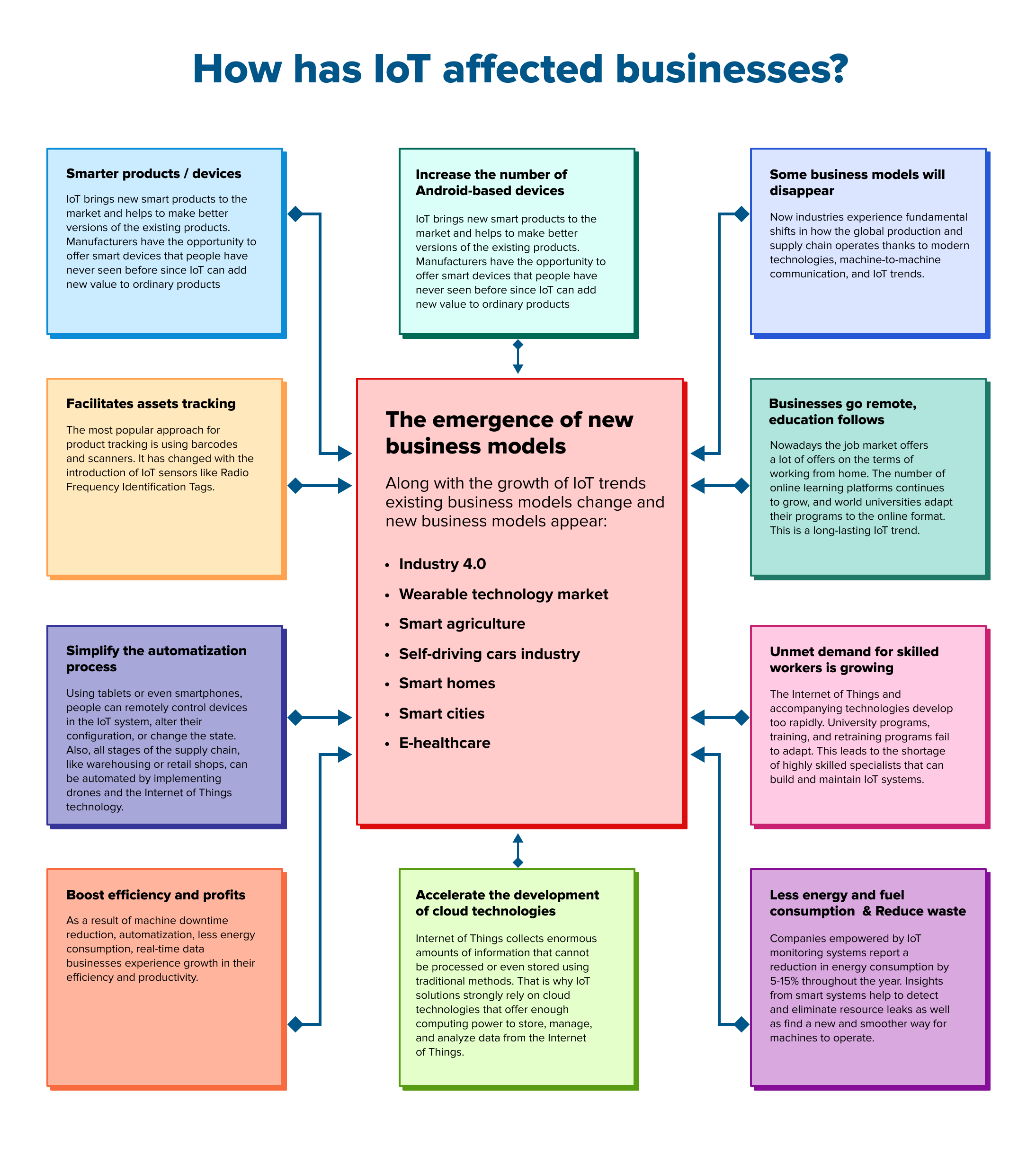
Smarter Products / Devices
IoT brings new smart products to the market and helps to make better versions of the existing products.
Firstly, by gathering precise information about the real-world usage of devices, companies get an opportunity to adjust their products to the customer’s needs, remove unnecessary features, and improve ones in use. For example, both Microsoft and Apple track the way you use their products and focus on the development of the most demanded features.
Secondly, manufacturers have the opportunity to offer smart devices that people have never seen before since IoT can add new value to ordinary products. Strange examples of new smart devices that didn’t gain huge popularity are smart forks or smart water bottles. However, the ubiquity of smart scales and smart robot vacuum cleaners is not in dispute.
Businesses Go Remote, Education Follows
One of the most noticeable ways how IoT has affected businesses is the spread of a remote business model.
The remote work business model was bound to become popular because of the industrial revolution. However, the world Covid-19 pandemic accelerated the process of adopting this model, and nowadays the job market offers a lot of offers in terms of working from home.
It also refers to education, since the number of online learning platforms continues to grow and world universities adapt their programs to the online format. This is a long-lasting IoT trend.
Increase the Number of Android-Based Devices
Since the first release, the Android operating system has been open source. That means that developers have access to its source code and can customize it to any need and any gadgets, which they do. Android is written in the Java programming language, which is considered highly suitable for connected devices.
The number of Android-based smart devices increases every year, and this trend continues so far as the number of IoT devices grows.
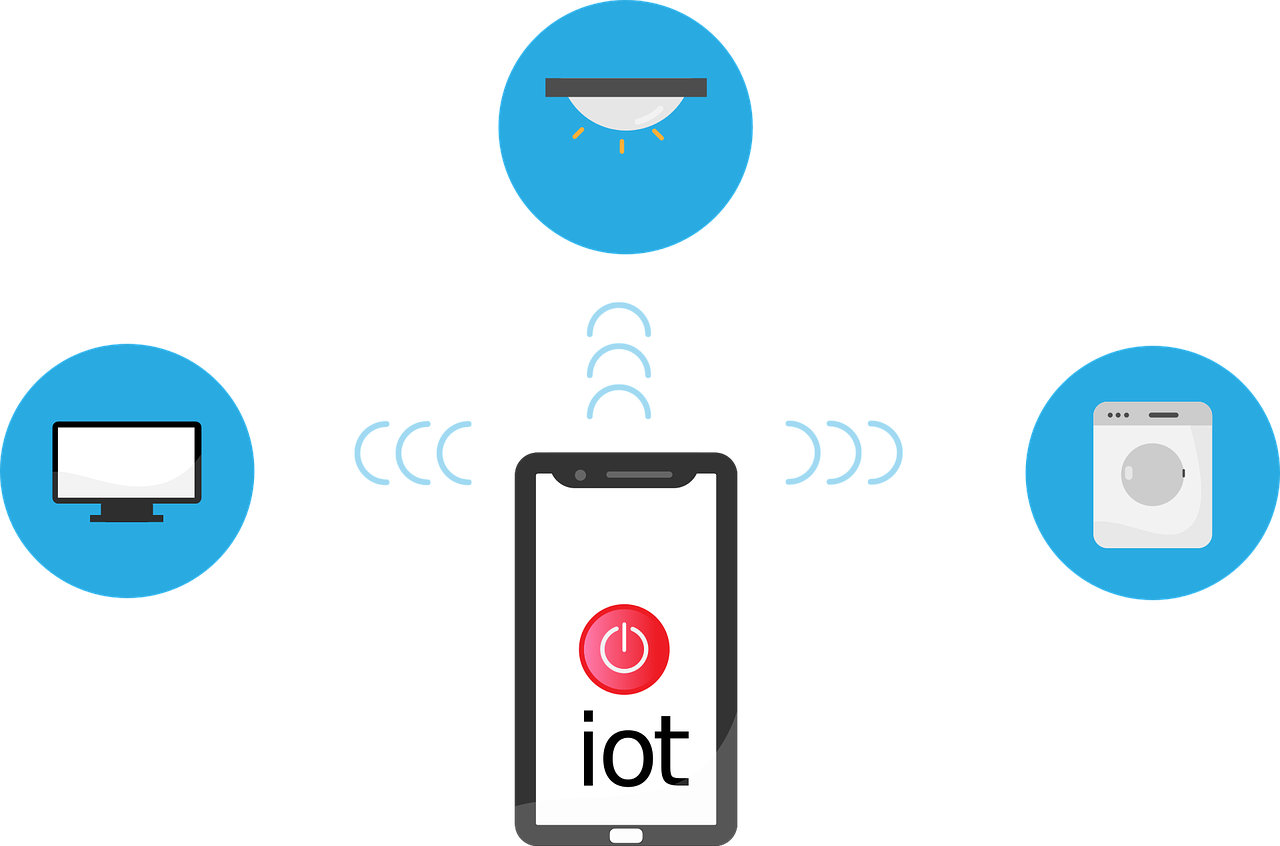
Simplify the Automatization Process
Using tablets or even smartphones, people can remotely control devices in the IoT system, alter their configuration, or change the state (like adjusting the temperature at home or inside the storage container). Devices, in turn, notify users and send them messages, alerts, and warnings in different cases. So, the IoT system provides two-way communication between smart things and users.
Moreover, the combination of the Internet of Things and robots can take industries to the next level of automation. All stages of the supply chain, like warehousing or retail shops, can be automated by implementing drones and the Internet of Things technology.
Facilitates Assets Tracking
The most popular approach for product tracking is using barcodes and scanners. It has changed with the introduction of IoT sensors like Radio Frequency Identification Tags (RFID or it’s also called smart labels) that hold all necessary information about the particular product. The main advantage of the RFID compared to barcodes is that the RFID system has detectors that can read smart labels outside the line of sight without human participation, while barcodes must be right in front of an optical scanner.
Machines Downtime Reduction
The Internet of Things has spread the preventive maintenance practice, when IoT sensors are constantly monitoring the health of machine’s parts and notify about asset health, utilization, and the possibility of failure, providing an opportunity to take action before the failure happens. As a result, businesses have fewer maintenance costs and better downtime management because an IoT-based monitoring system predicts machine failures and allows scheduling the optimal time for maintenance activity.
The most high-tech solution in predictive maintenance that has affected businesses is digital twins. A digital twin is a virtual model of the physical machine or equipment. The object is outfitted with various sensors that track the performance, temperature, energy output, etc., and transfer the data to its digital twin. Then the maintenance system can run simulations on a virtual model, study its performance issues, and identify vulnerabilities. When it comes to high-value equipment, benefits from predictive maintenance are invaluable.
Some Business Models Will Disappear
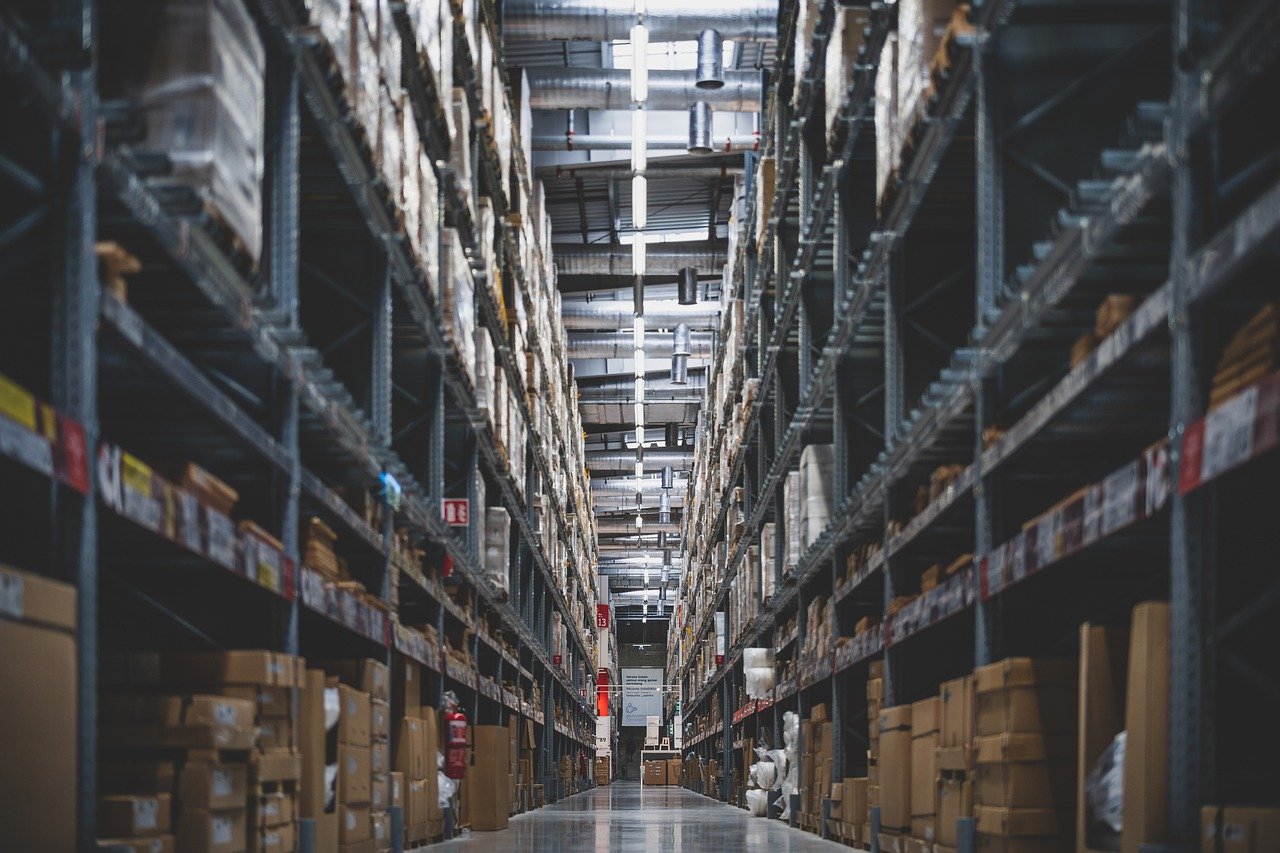
The fourth industrial revolution features interconnectivity and smart automation, and it is on the rise. During that industrial phase, industries experience fundamental shifts in how the global production and supply chain operates thanks to modern technologies, machine-to-machine communication, and IoT trends.
Examples of businesses that experience a serious shift in the way of work are:
Plastic credit card companies – people start using their smart gadgets like watches or smartphones to pay for goods and services. Credit cards gradually go out of use.
The delivery and logistics industry may become almost completely automated, so modern business models that use couriers have to adapt or quit.
Warehouses need fewer workers for operating activity thanks to the emergence of real-time inventory tracking systems and robot automation.
Retail shops without lines and checkouts where the smart system of cameras and sensors tracks goods people grab and charge them automatically after they finish. No sellers. Small retail shops wouldn’t be able to compete with large supermarkets, and they will probably quit.
We mentioned only several examples, the Internet of Things has affected much more businesses.
Less Energy and Fuel Consumption & Reduce Waste
Companies empowered by IoT monitoring systems report a reduction in energy consumption by 5-15% throughout the year. Insights from smart systems help to detect and eliminate resource leaks as well as find a new and smoother way for machines to operate.
The impact on energy consumption will account for approximately 1.8 PWh of electricity saved in 2030, and an additional 3.5 PWh of fuel. The electricity consumption in the United States, by comparison, was about 3.8 trillion kilowatt-hours (kWh) in 2020. The biggest contribution to electricity savings will be associated with smart electricity grids.
Besides the positive impact on consumption, IoT-based solutions have affected businesses by providing an opportunity for better waste management, including its monitoring and reduction.
Boost Efficiency and Profits
As a result of machine downtime reduction, automatization, and less energy consumption, real-time data businesses experience growth in their efficiency and productivity. In addition, IoT can provide accurate data about the production process at different stages of manufacturing, hence allowing to identify bottlenecks in the process and increasing the throughput capacity of the production. Together all these benefits increase profits significantly.
The Unmet Demand for Skilled Workers Is Growing
The Internet of Things and accompanying technologies develop too rapidly. University programs, training, and retraining programs fail to adapt. This leads to the shortage of highly skilled specialists that can build and maintain IoT systems. When it comes to the Internet of Things, the business community is still overcoming a significant skills gap, and this IoT trend is expected to continue.
Accelerate the Development of Cloud Technologies
One of the stages in IoT architecture is a cloud-based system that is also called “the cloud”. The cloud is the final destination of the information from IoT sensors, and it is the place where this information is analyzed by machine learning methods and by people. The Internet of Things collects enormous amounts of information that cannot be processed or even stored using traditional methods. That is why IoT solutions strongly rely on cloud technologies that offer enough computing power to store, manage, and analyze data from the Internet of Things.
The popularity of IoT and the need for analytics of huge volumes of data has accelerated the pace of the development of cloud technologies.
The Emergence of New Business Models:
Along with the growth of IoT trends existing business models are changing as well as new business models appear:
- Industry 4.0
Technologies led to the Industrial Revolution also known as industry 4.0, which features high devices interconnectivity, IoT, enormous amounts of data, automation, machine learning, and Big Technology methods.
- Wearable technology market
Smart devices like smartwatches, bracelets, and other accessories connected to the Internet are replacing traditional devices. They provide additional functionalities like NFC payments as well as gather meaningful information to users like step counting or sleep tracking. According to a report by MarketsandMarkets, the global wearable technology market is projected to reach $87.88 billion by 2026, growing at a CAGR of 15.5% during the forecast period. This market is big, and this IoT trend is on the rise.
- Smart agriculture
There are a lot of ways in which the Internet of Things has affected the agriculture industry. Farming in the 21st century seriously differs from agriculture in the 20th century. Interconnected IoT devices can give valuable information to farmers on which crops to plant and where, when to plow, what is the best route to take while plowing, when to sow, and how to reduce the loss of production.
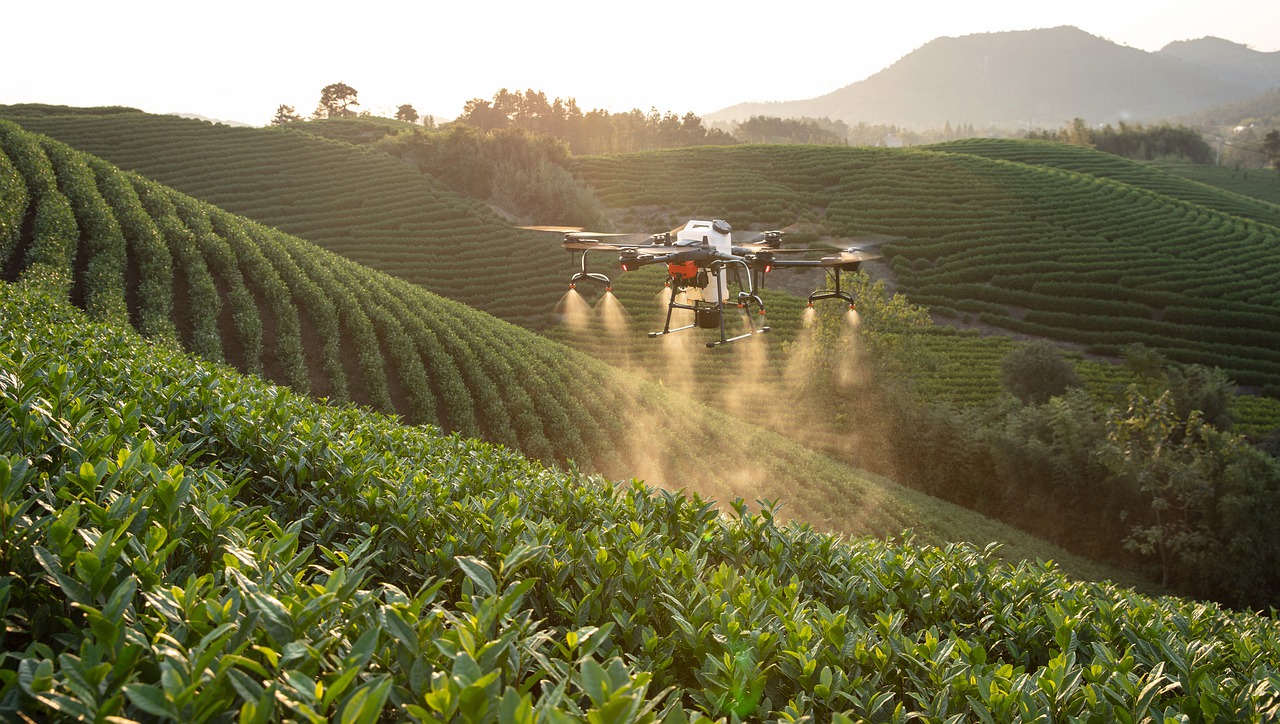
- Self-driving cars industry
Remote control and monitoring was the first phase of car automation. Nowadays, modern cars are equipped with a lot of sensors that are capable of tracking their environment and moving safely with little or no human input. Autonomous Car Market Size to Reach $196.97 Billion by 2030.
- Smart homes
Smart homes are the second most popular IoT technology implementation. If we bring different smart devices like a smart thermostat and smart refrigerator to one place, then connect smart light switches and door locks to one system (usually a mobile application) along with the thermostat, refrigerator, and other smart gadgets, we get smart homes.
- Smart cities
The smart city concept is a new IoT trend that hasn’t got great popularity yet. Smart cities are based on technological solutions that are supposed to manage the life of the whole city, like automotive street light adjustment, traffic congestion control, waste management, etc.
- E-healthcare
One of the industries IoT technology affected most is healthcare. IoT sensors and systems became professional health assistant that measures biometric data and send it to the doctor. Human organs can be transported between two hospitals by drones in case of emergency surgery. The information from sensors is essential to understanding the health of the patient. Thanks to the Internet of Things and Big Data synergy, doctors can make better diagnoses because they have real-time information about a patient’s biometric data.
Impacting Businesses Through IoT: A SumatoSoft Case Study
Sumatosoft is a software development company with 10 years of presence on the global market and dozens of developed IoT projects. SumatoSoft has been recognized by leading analytics agencies, like Clutch, GoodFirms, TechReviewer.
SumatoSoft successfully assisted a client in the HoReCa (Hotel, Restaurant, and Café) sector to transform their business by developing an IoT-based solution for real-time monitoring and management of their commercial refrigerators.
The final product allowed real-time monitoring of refrigerator conditions, anomaly detection, instant emergency alerts, and predictive maintenance notifications. It also facilitated historical data access and analytics through intuitive, interactive dashboards. This solution not only gained approval and positive feedback from potential customers but also piqued the interest of existing clients, resulting in additional orders. This case exemplifies the transformative potential of IoT solutions, enhancing operational efficiency, predictive capabilities, and data-driven decision-making.
Afterward
Whether you are a manufacturer, finance company, or just a growing business, implementing IoT technology is a good choice! However, to build an effective IoT system, you need a reliable software provider like Sumatosoft. If you consider implementing IoT technology contact us, and we provide you with a free consultation on the most relevant ways you can use IoT technology!
Let’s start
If you have any questions, email us info@sumatosoft.com

